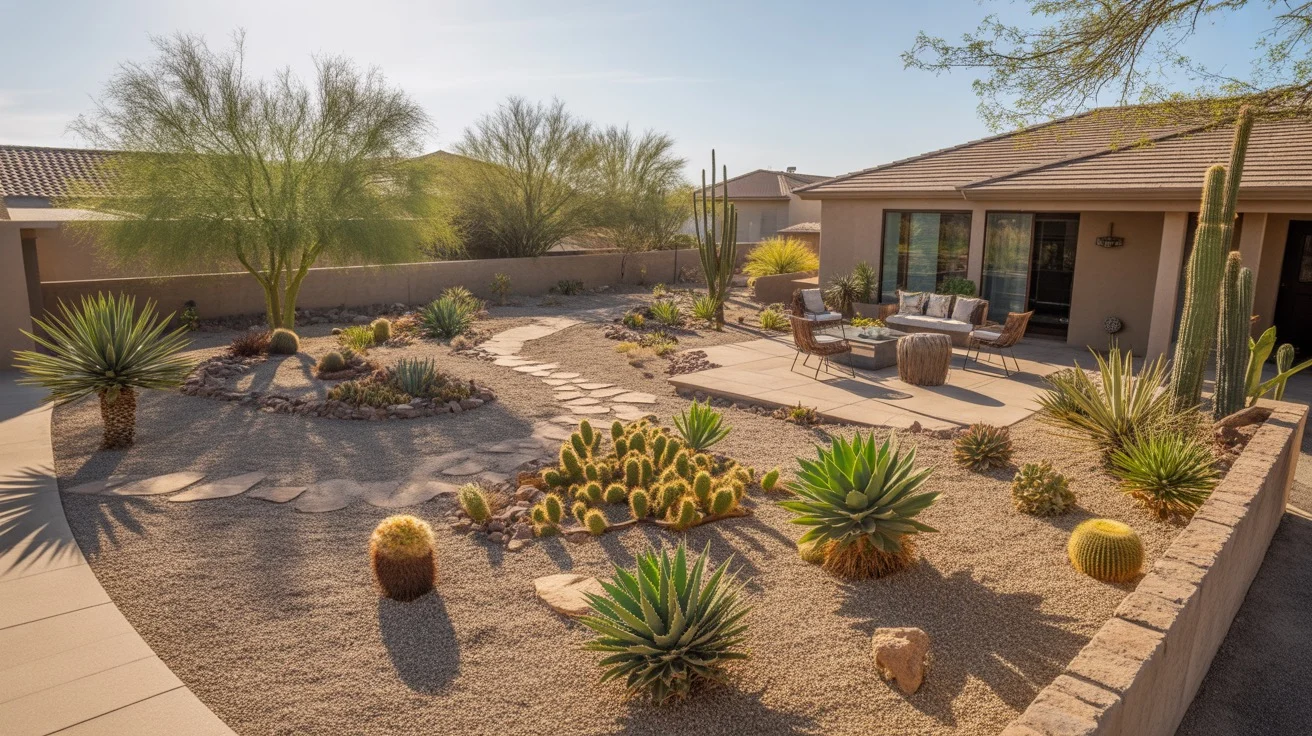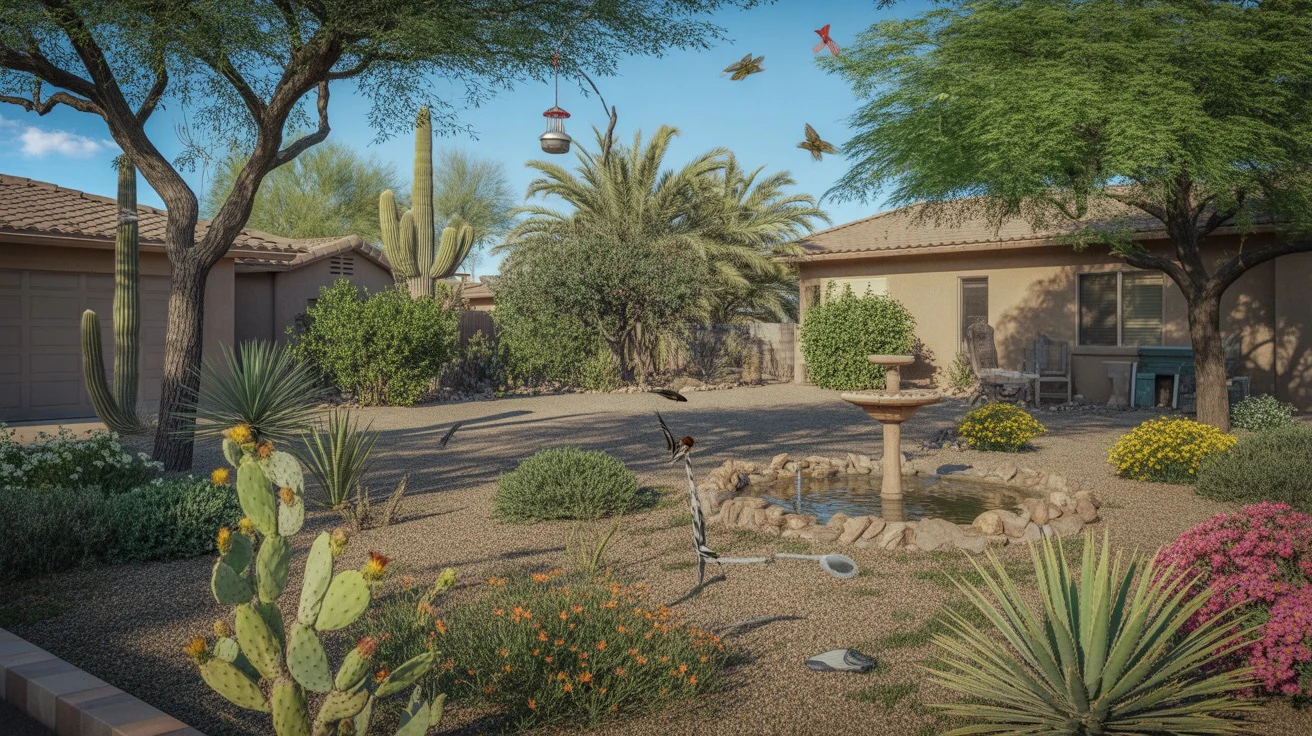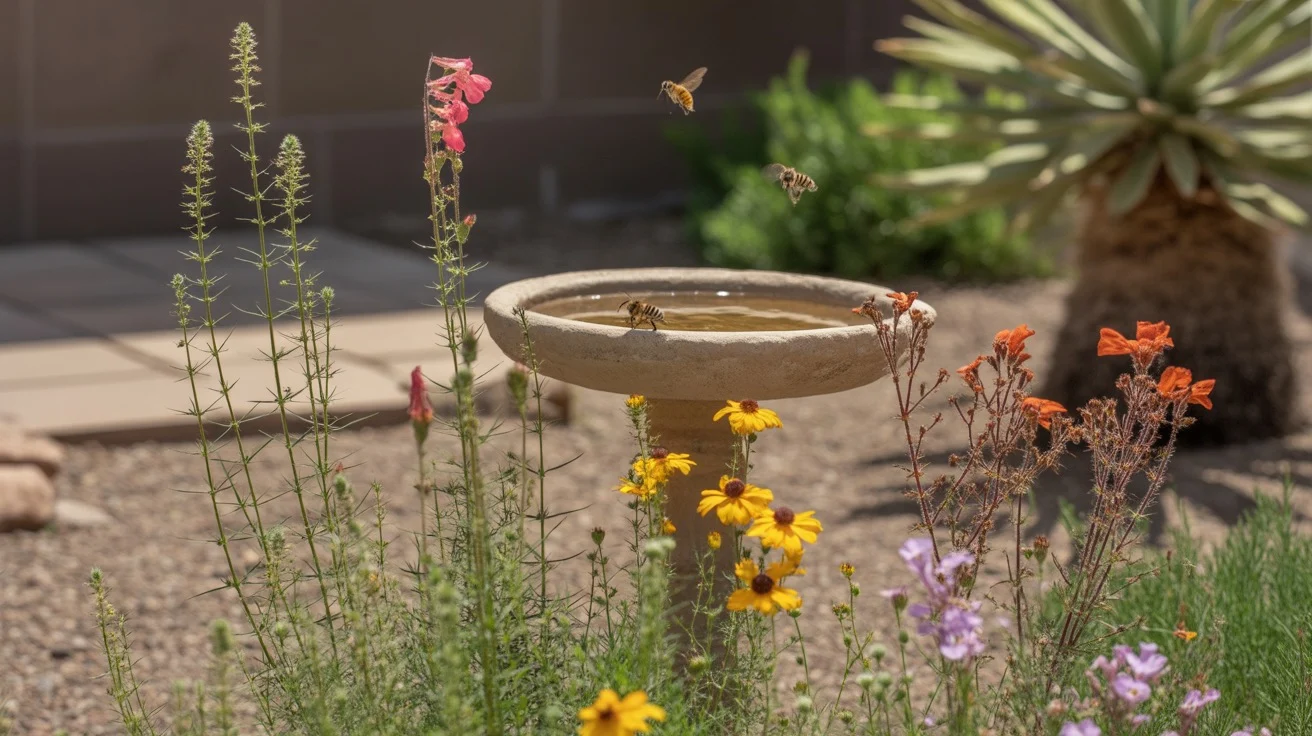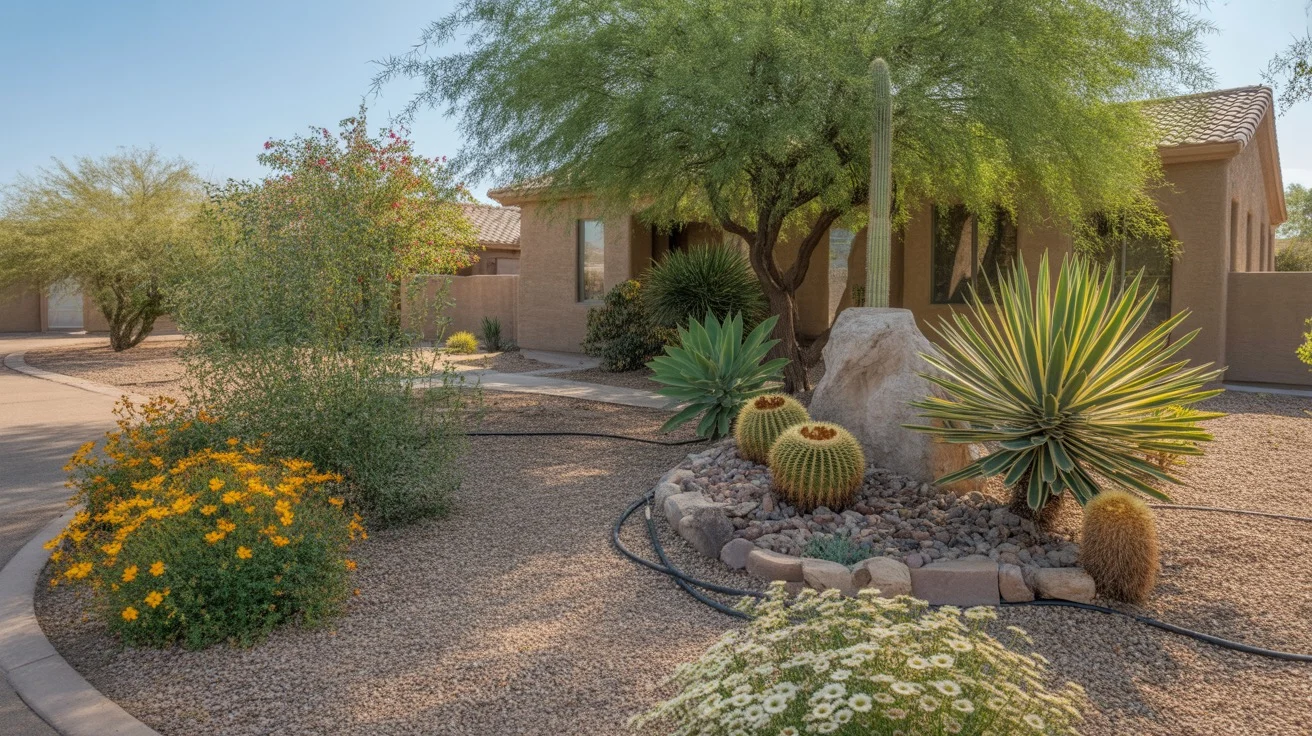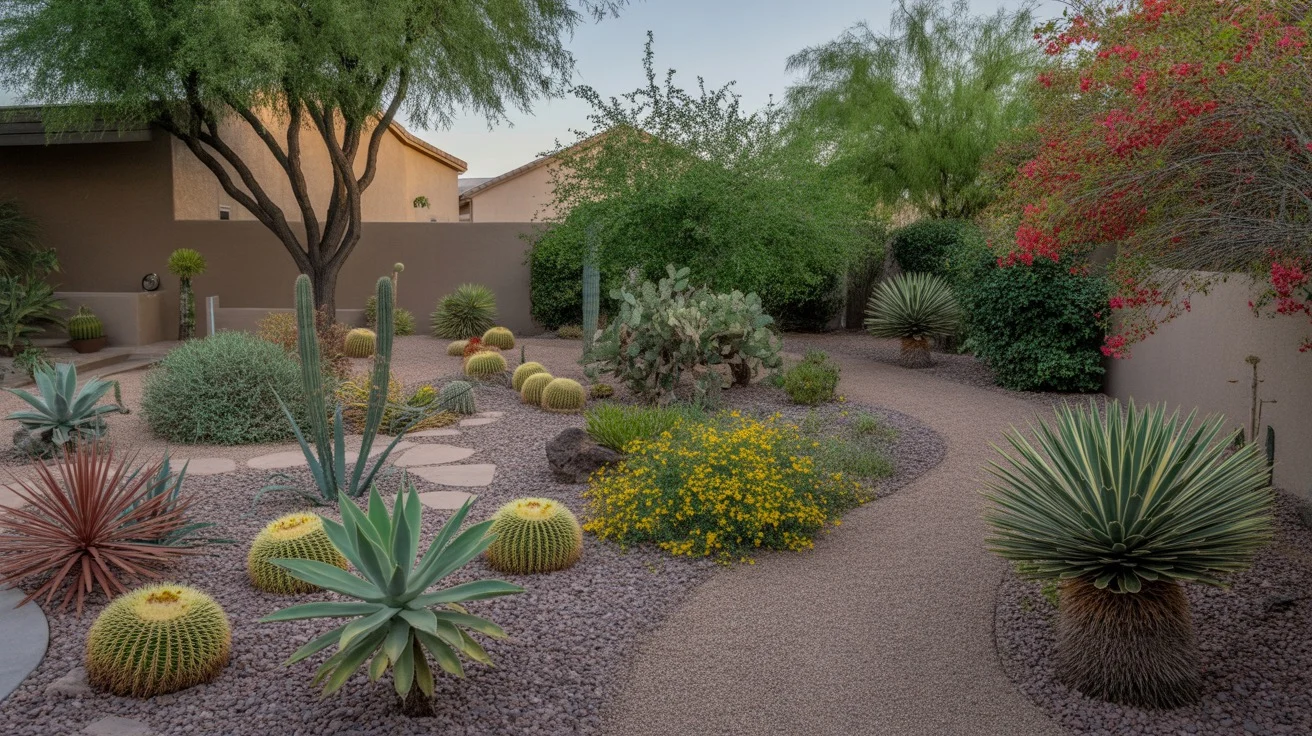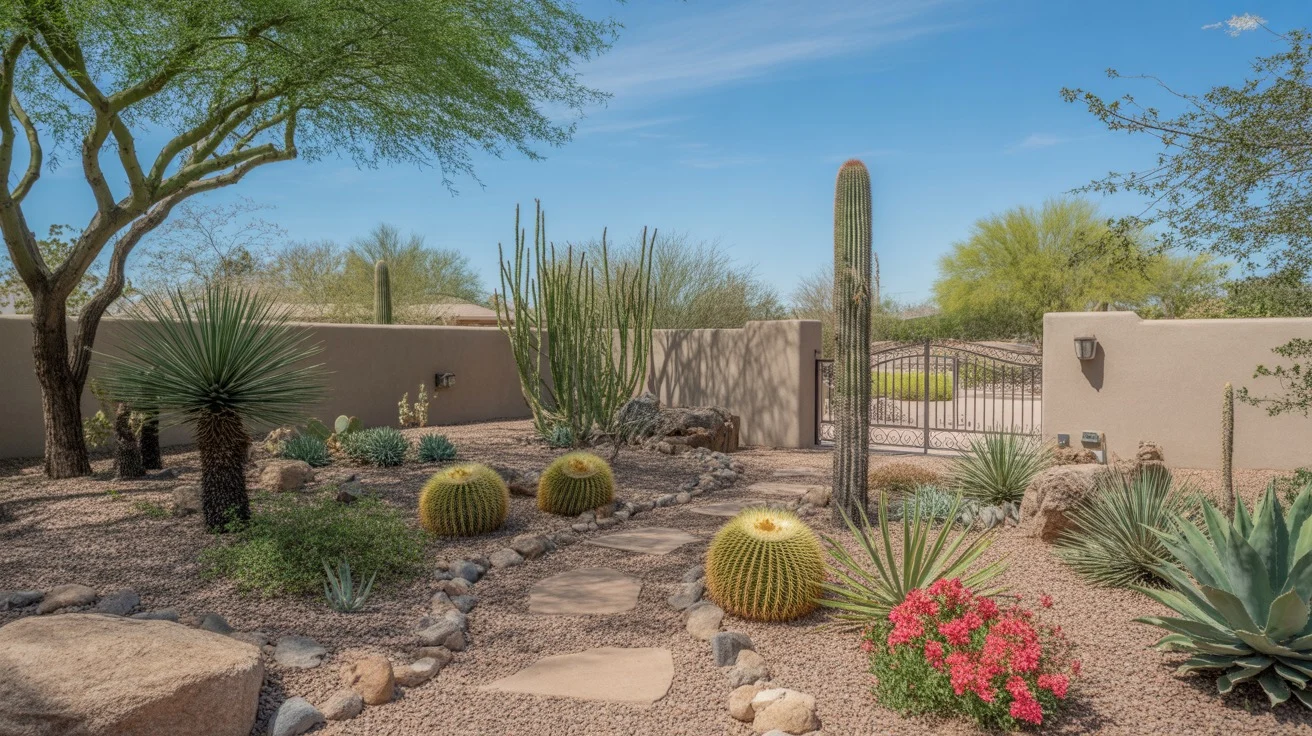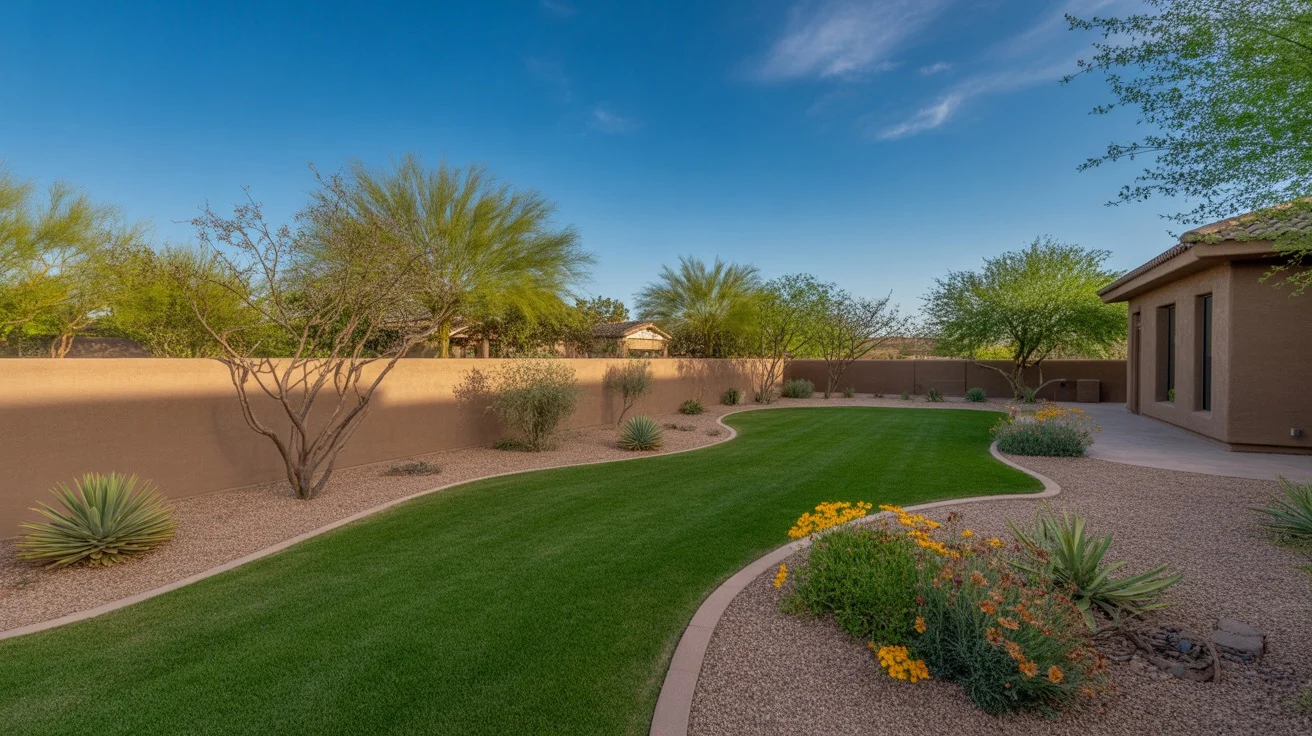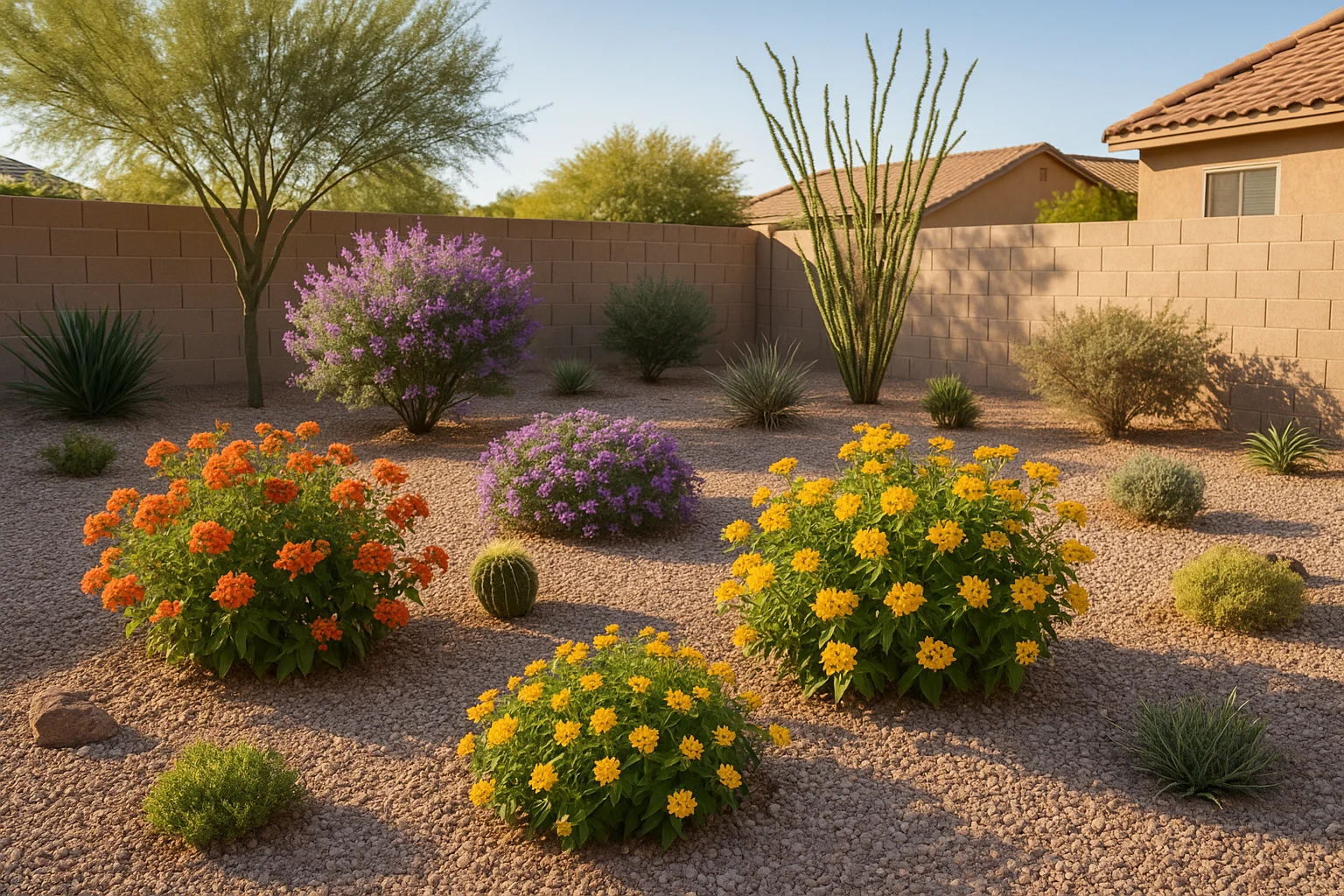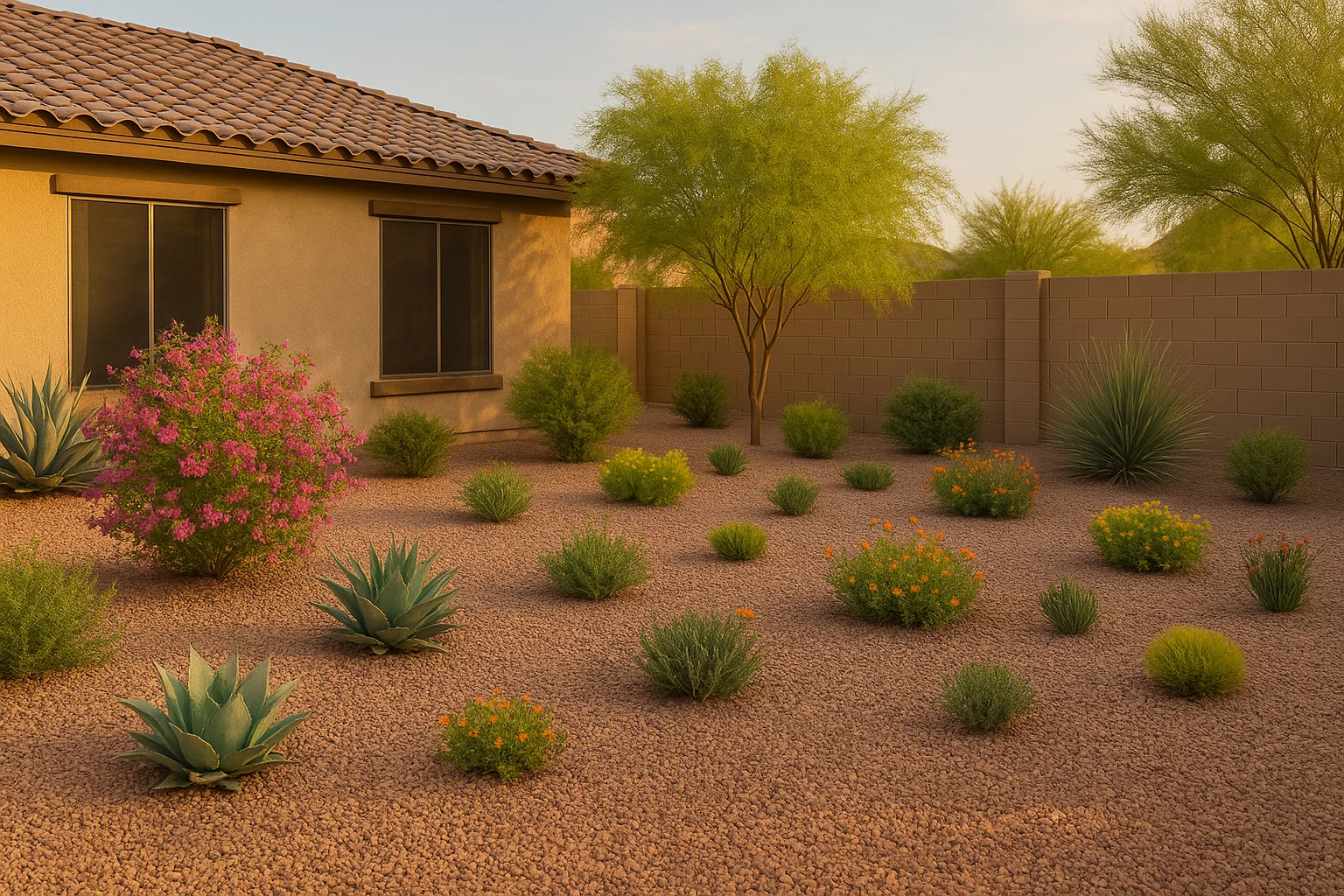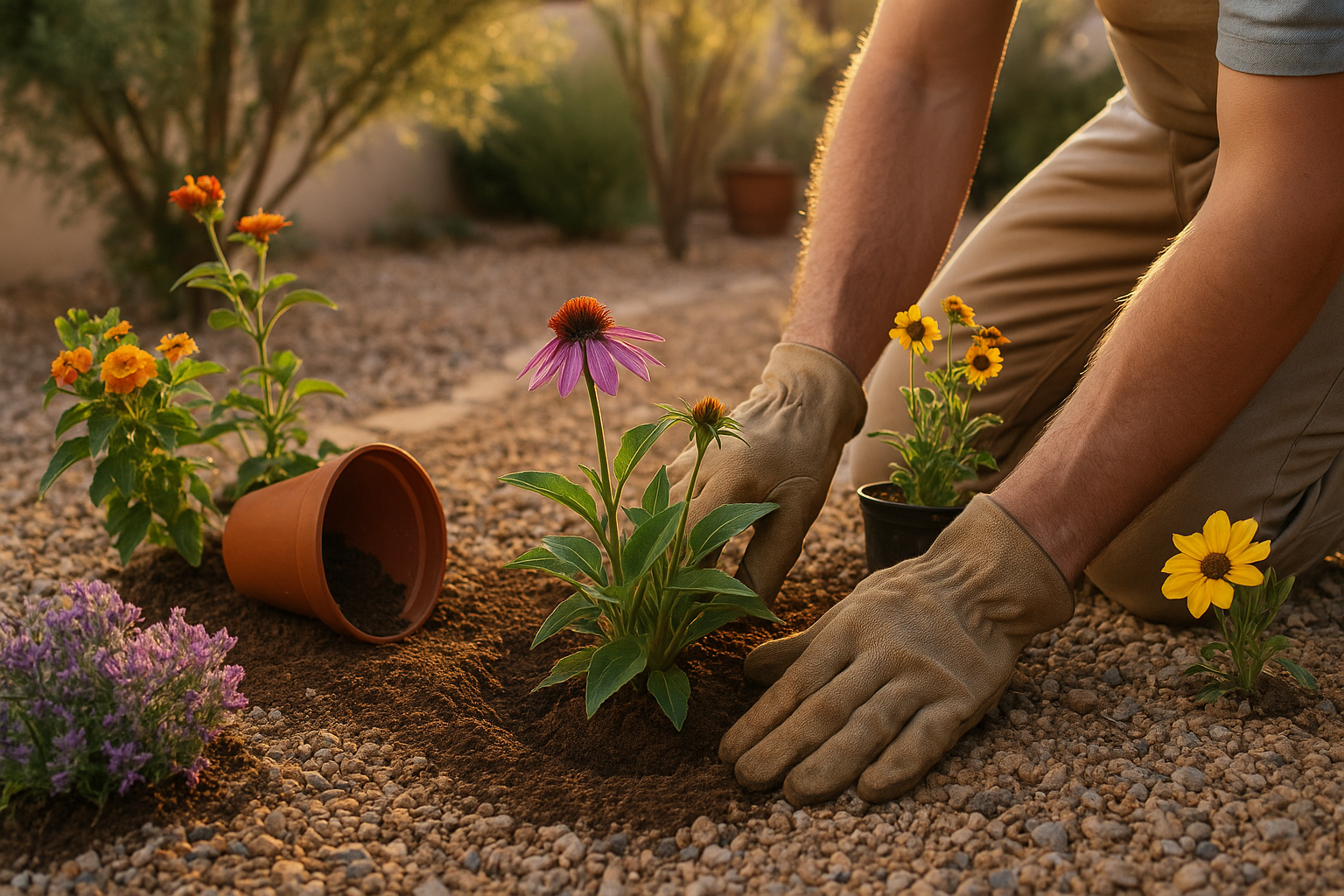Outwit the Heat: Exploring Lawn Alternatives for Gilberts Hot Zones
As summer temperatures soar in Mesa, maintaining a traditional grass lawn can feel like an uphill battle. Between relentless heat, limited water resources, and high maintenance demands, many homeowners are seeking smarter alternatives to turf. Fortunately, there are plenty of creative ways to outwit the heat and cultivate a stunning, desert-adapted yard without relying on … Read more

